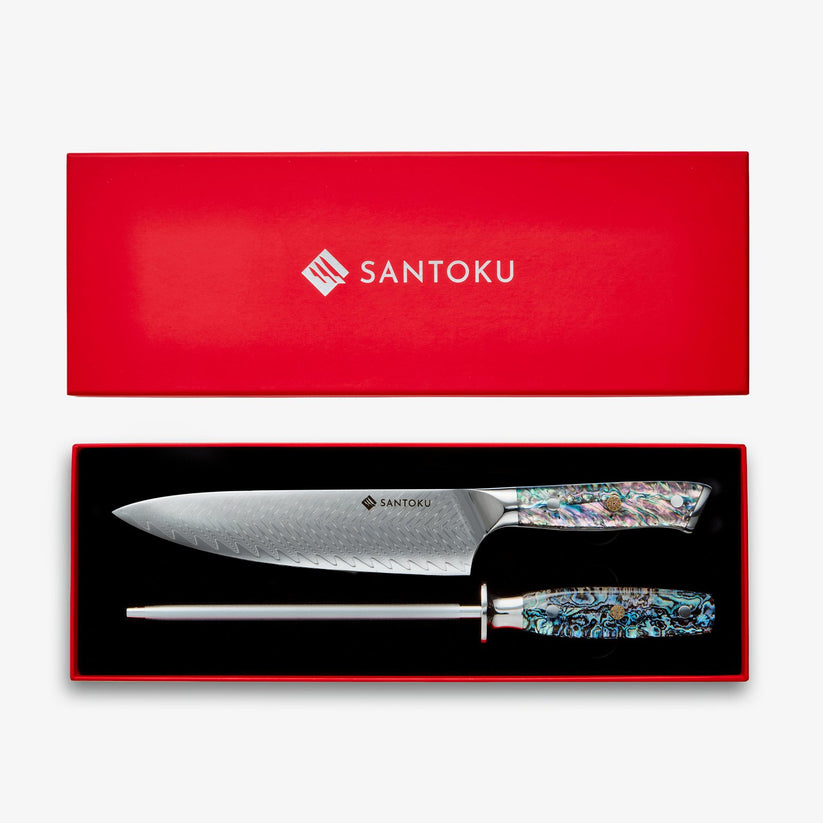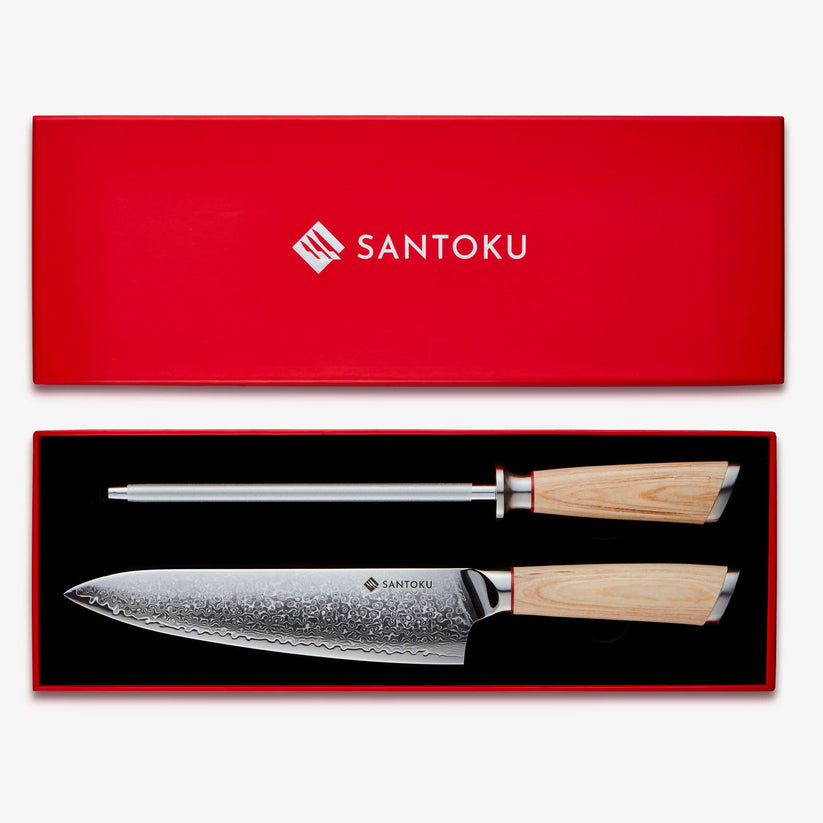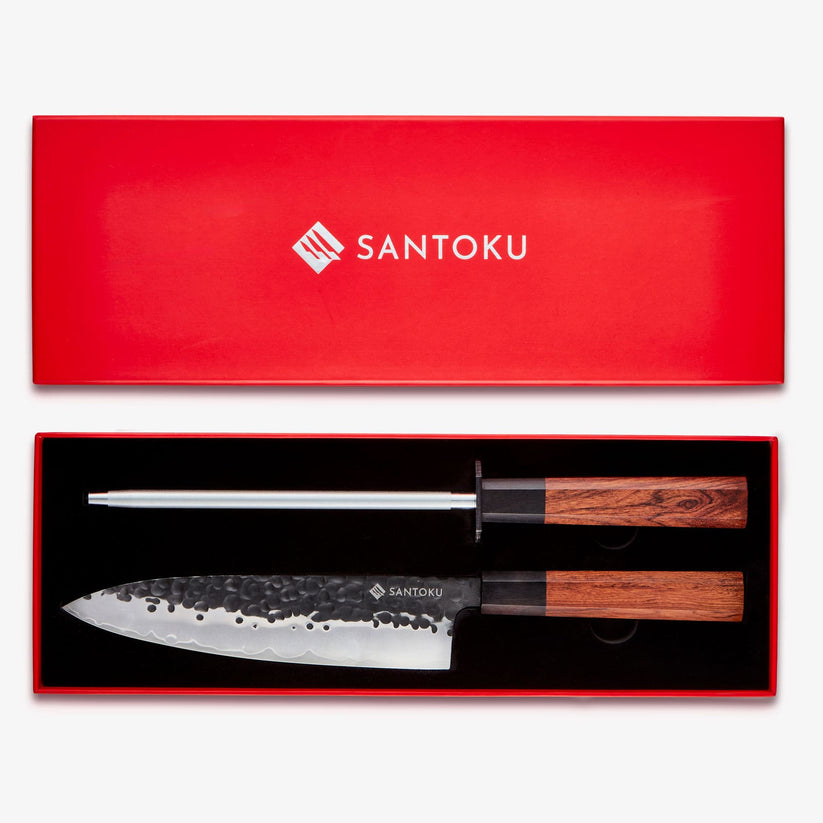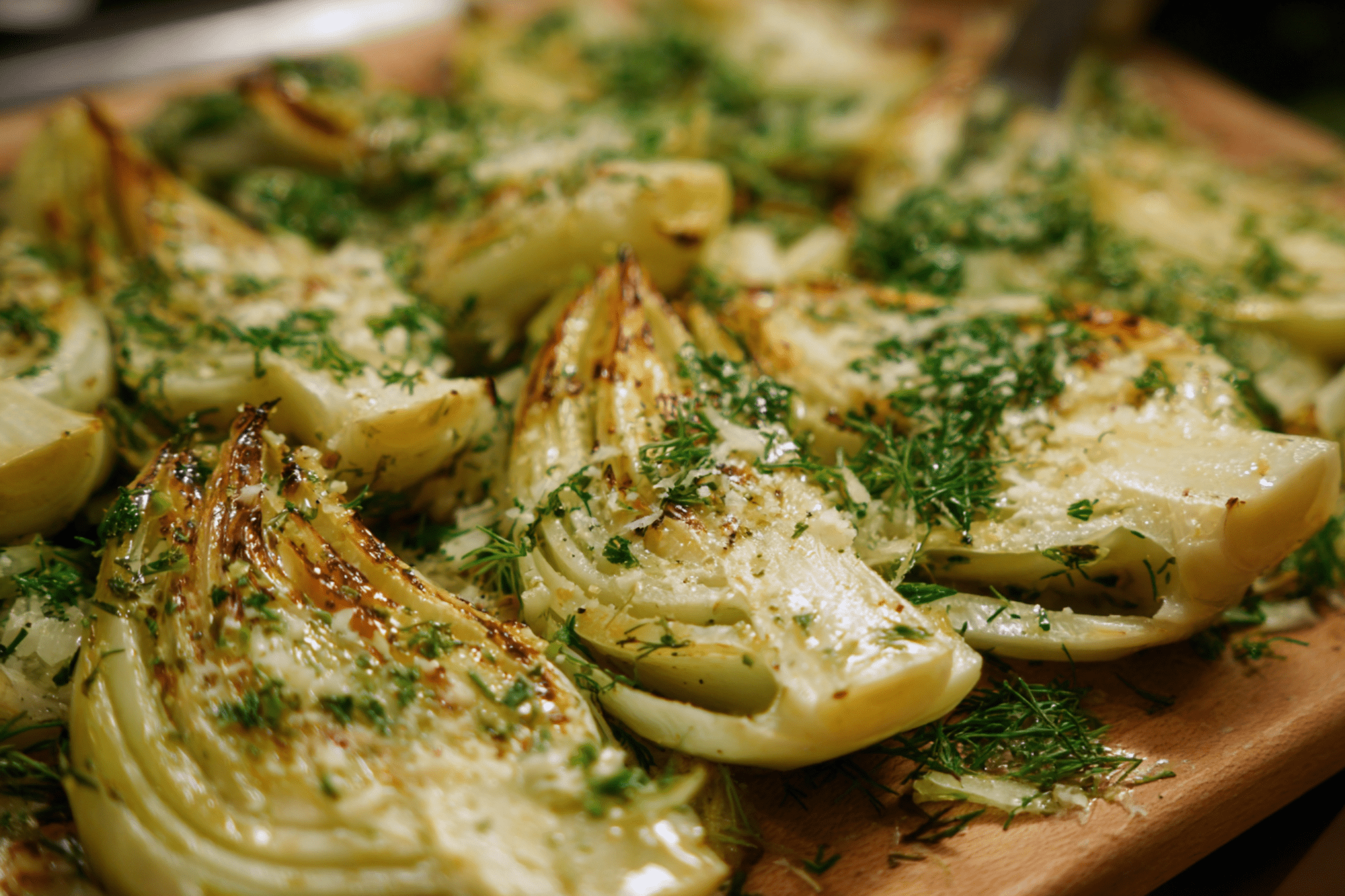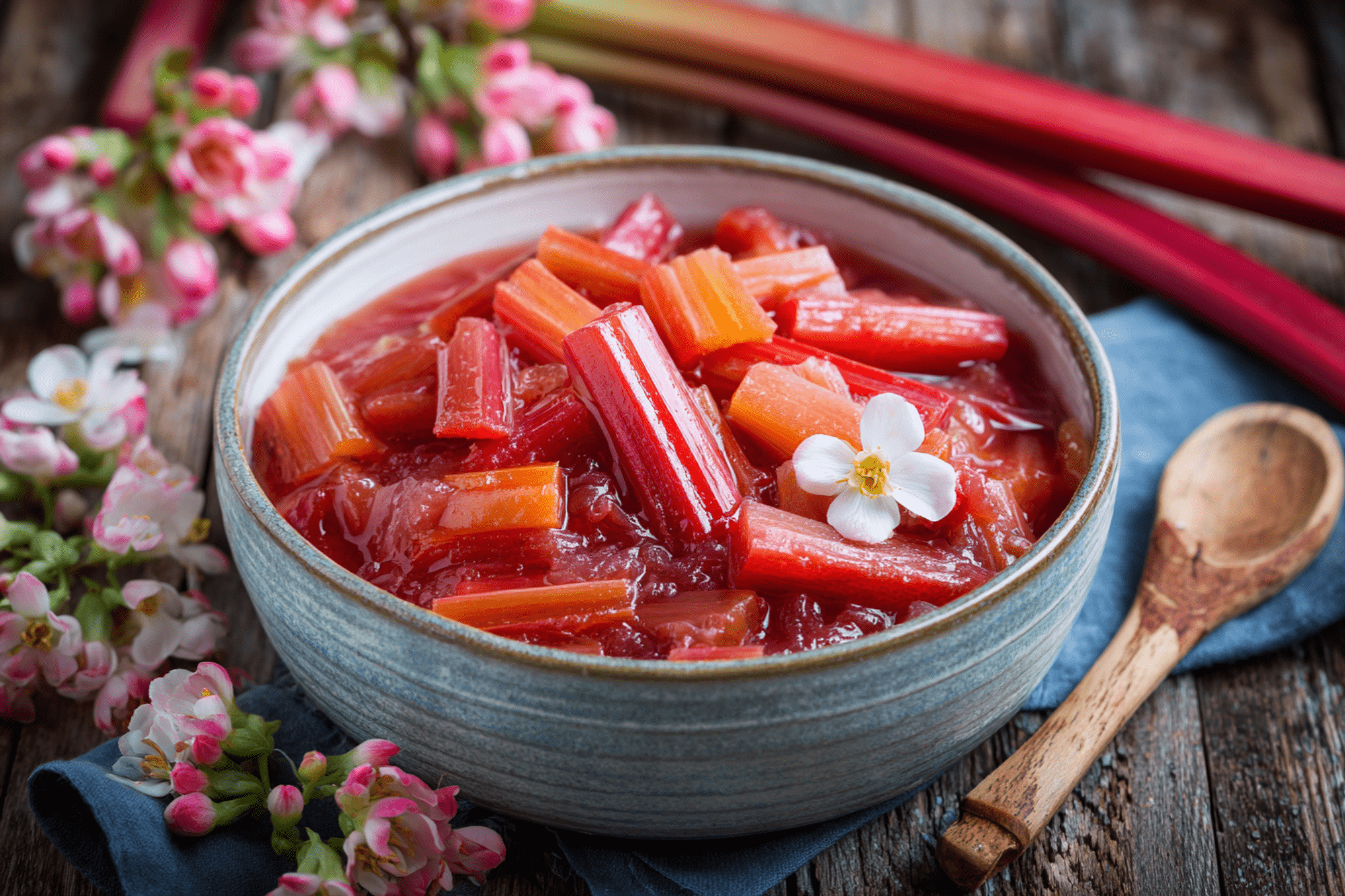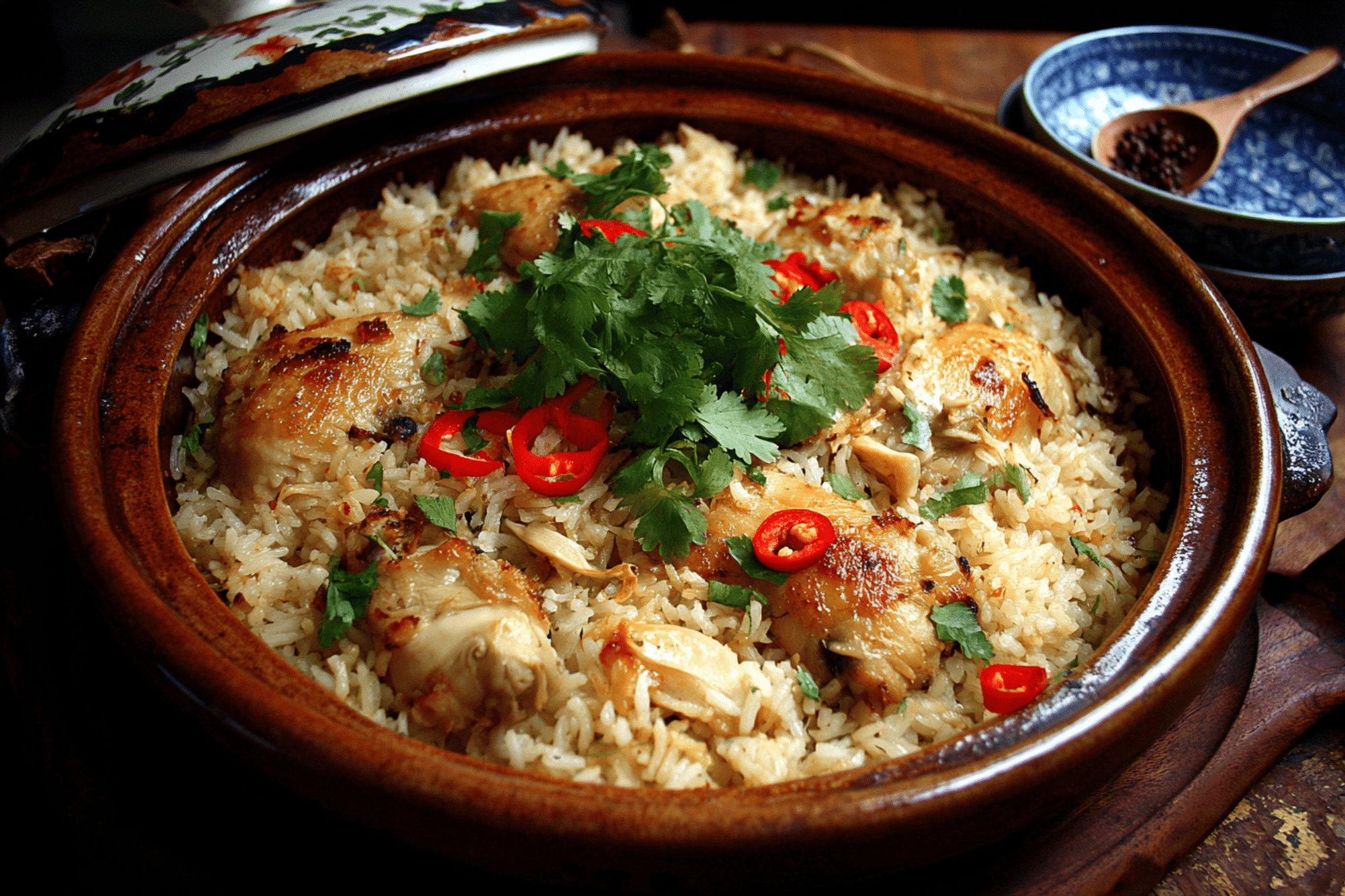10 Tips to keep in mind when cooking Shrimp Linguine
- Choose high-quality shrimp: Opt for fresh or frozen shrimp that are firm to the touch and have a mild sea smell.
- Don't overcook the shrimp: Shrimp cook quickly, so be careful not to overcook them to avoid a rubbery texture.
- Season generously: Garlic, salt, and pepper are essential for flavoring the dish, so don't be shy with the seasoning.
- Use fresh ingredients: Fresh garlic and parsley will enhance the flavor of the dish compared to their dried counterparts.
- Cook pasta al dente: Linguine should be cooked until al dente, or firm to the bite, for the best texture.
- Reserve pasta water: Save some of the pasta cooking water to thin out the sauce if it becomes too thick.
- Add lemon for brightness: A squeeze of fresh lemon juice adds a refreshing acidity to balance the richness of the cream sauce.
- Garnish with parsley: Chopped fresh parsley not only adds color but also a fresh herbal flavor to the dish.
- Serve immediately: Shrimp Linguine is best enjoyed hot and fresh out of the skillet.
- Customize to your taste: Feel free to add extra ingredients like cherry tomatoes, spinach, mushrooms, or red pepper flakes to tailor the dish to your preferences.
Serving suggestions
- Shrimp Linguine can be served as a standalone dish, but if you'd like to elevate your meal experience, here are some serving suggestions:
- Garlic Bread: Serve warm garlic bread on the side to soak up the delicious creamy sauce. The combination of garlic flavors will complement the dish perfectly.
- Side Salad: Pair the rich and creamy pasta with a crisp and refreshing side salad. A simple salad of mixed greens, cherry tomatoes, cucumbers, and a light vinaigrette adds a nice contrast to the indulgent pasta.
- Steamed Vegetables: Add a healthy touch to your meal by serving steamed vegetables such as broccoli, asparagus, or green beans. The vibrant colors and crisp texture of the veggies provide a nice balance to the creamy pasta.
- Wine Pairing: Pair Shrimp Linguine with a glass of chilled white wine such as Chardonnay or Pinot Grigio. The acidity and fruitiness of the wine complement the seafood and cream sauce beautifully.
- Crusty Baguette: Slice up a crusty baguette and serve it alongside the pasta for an extra dose of carbs. The bread is perfect for mopping up any leftover sauce on your plate.
- Antipasto Platter: Start your meal with an antipasto platter featuring cured meats, cheeses, olives, and roasted vegetables. The variety of flavors and textures make for a delightful appetizer before diving into the main course.
FAQ'S
Q: Can I use frozen shrimp for this recipe?
A: Yes, you can use frozen shrimp, just make sure to thaw them completely before cooking. Pat them dry with paper towels to remove excess moisture before sautéing.
Q: Can I use a different type of pasta?
A: Absolutely! While linguine works wonderfully in this recipe, you can substitute it with other pasta shapes like fettuccine, spaghetti, or penne.
Q: How can I make this dish healthier?
A: To make a lighter version of Creamy Garlic Shrimp Linguine, you can use low-fat milk or half-and-half instead of heavy cream, and reduce the amount of butter and cheese. You can also add more vegetables and use whole wheat pasta for added fiber.
Q: Can I make this dish ahead of time?
A: While this dish is best served fresh, you can prepare the components ahead of time and assemble them just before serving. Keep the cooked pasta, sauce, and cooked shrimp separately in the refrigerator, then reheat and combine when ready to eat.
Q: Can I omit the Parmesan cheese?
A: If you prefer a dairy-free version or simply don't have Parmesan on hand, you can omit it from the recipe. The sauce will still be creamy and flavorful from the heavy cream and garlic.
Q: How long does leftover shrimp linguine last in the fridge?
A: Leftover shrimp linguine can be stored in an airtight container in the refrigerator for up to 3 days. Reheat gently in the microwave or on the stovetop before serving.
Q: Can I use chicken instead of shrimp?
A: Yes, you can substitute chicken for shrimp if you prefer. Simply cook bite-sized pieces of chicken breast or thigh until fully cooked before adding them to the sauce.
Q: Can I freeze leftover shrimp linguine?
A: While it's best to enjoy shrimp linguine fresh, you can freeze leftovers for up to 1 month. Place the cooled pasta in an airtight container or freezer bag, making sure to remove as much air as possible before sealing. Thaw overnight in the refrigerator before reheating.
Q: Can I make this dish spicy?
A: Absolutely! Add a pinch of red pepper flakes or a dash of hot sauce to the sauce if you like a bit of heat. Adjust the amount according to your preference.
Q: Can I use cooked shrimp instead of raw?
A: If you have cooked shrimp on hand, you can certainly use them in this recipe. Simply add them to the skillet at the end to warm them through without overcooking.


